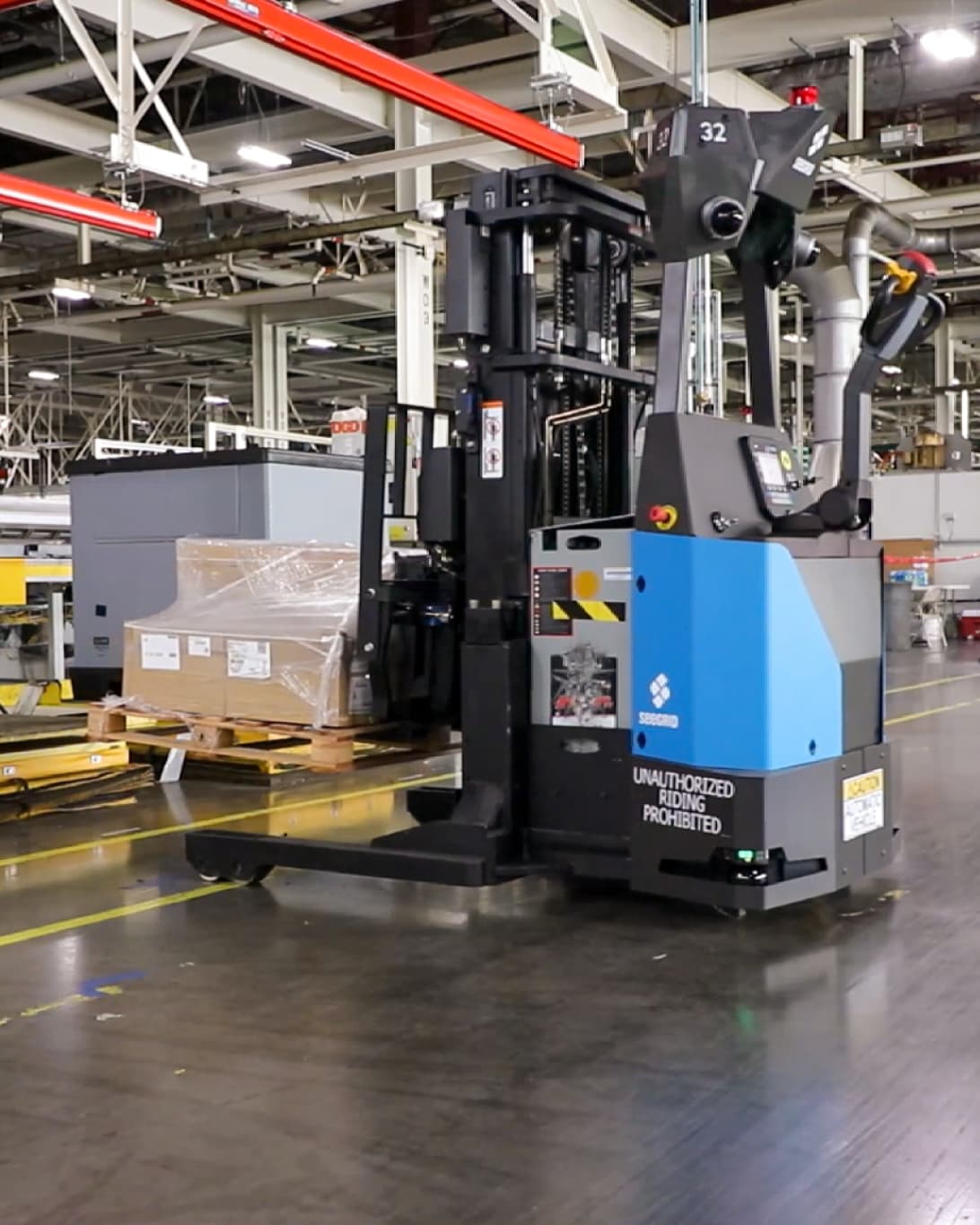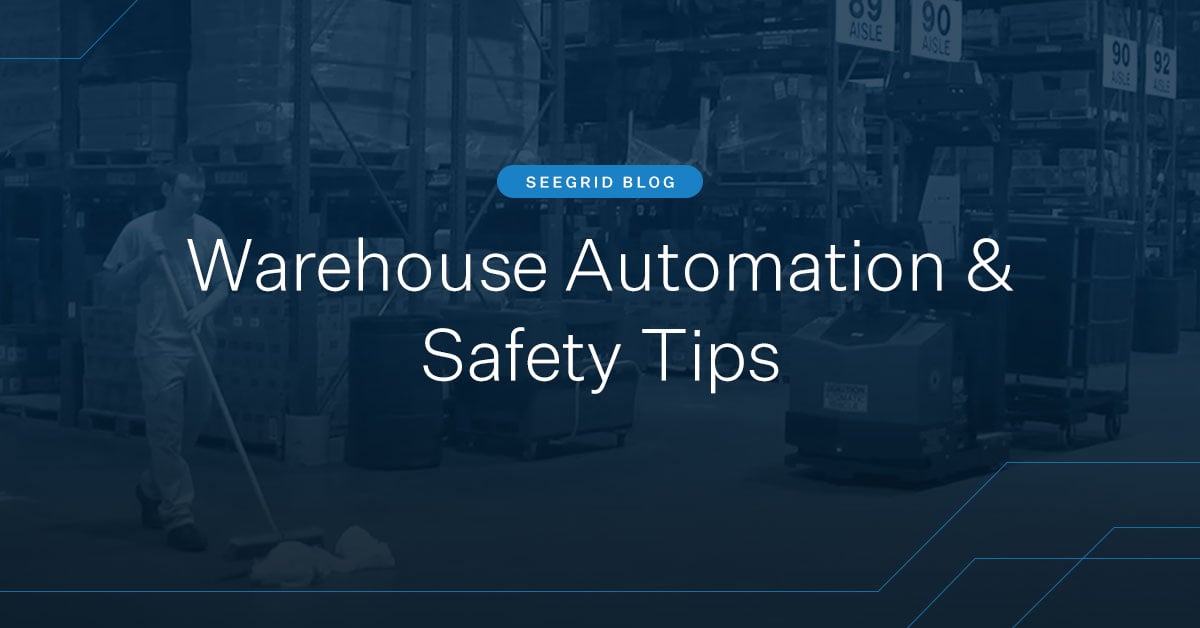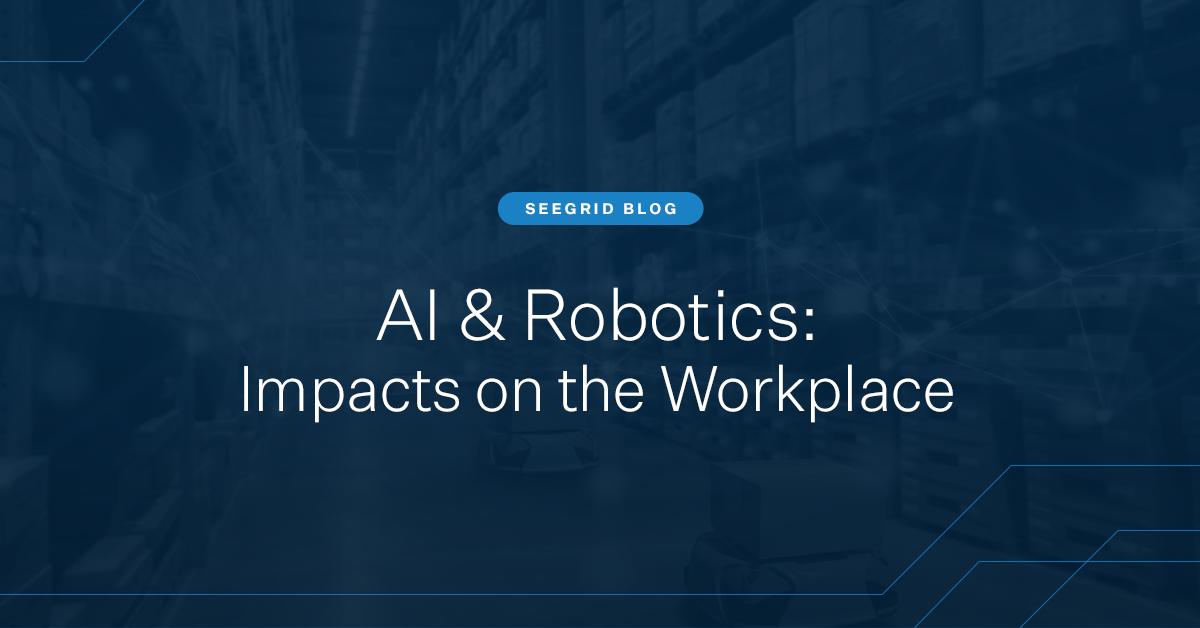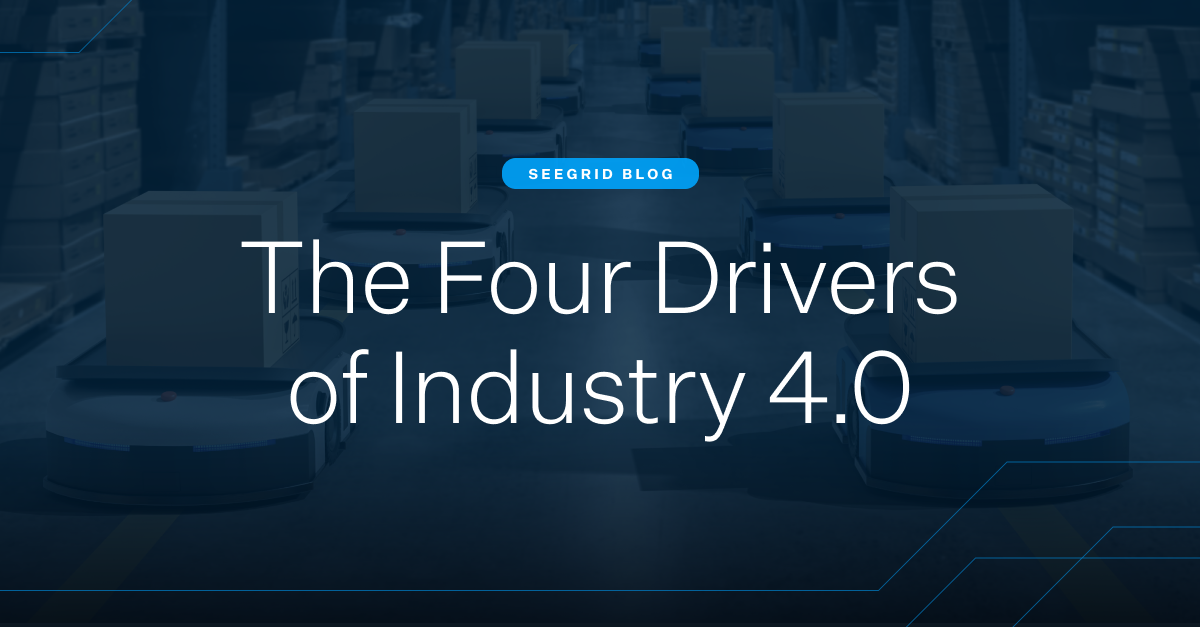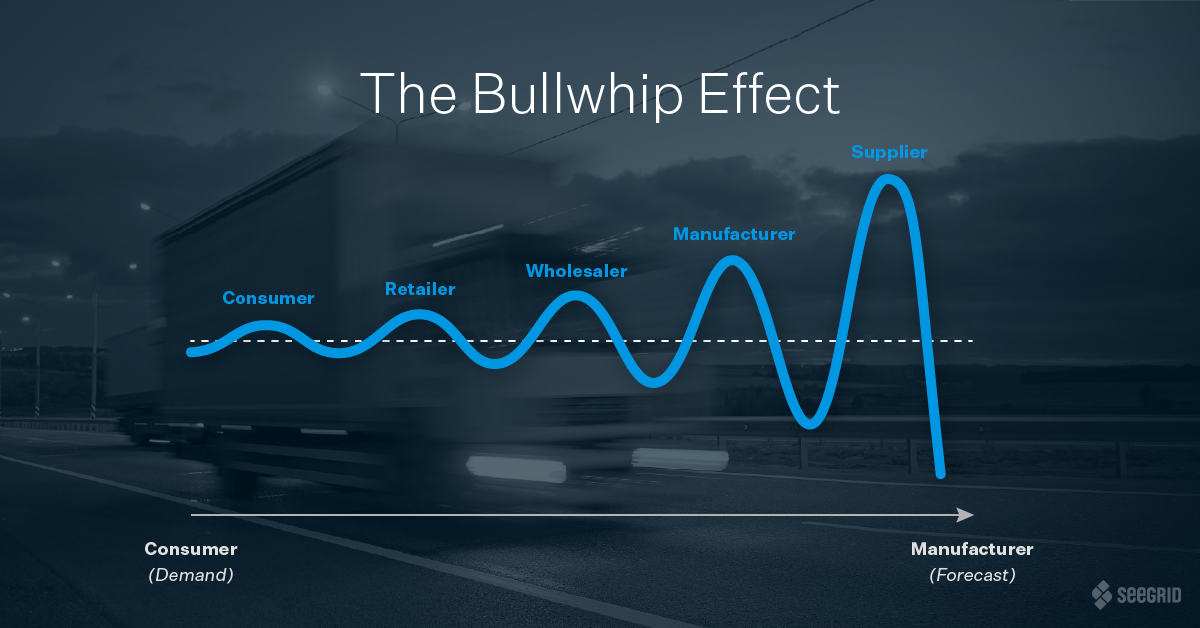With an aging workforce, growing labor shortages, and extreme demands, warehouse safety is more important than ever to prevent injuries and avoid downtime. With nearly 95 million people missing work each year as a result of workplace injury, warehousing is the most dangerous profession.
Warehouse automation robotics are the answer to making warehouses safer. Automation reduces the danger from accident-prone tasks and eliminates human error. The dream of an injury-free future is within reach and driving the demand for warehouse robotics. Research conducted by Transparency Market Research estimates that the warehouse robotics market will grow 12% annually to $9.5 billion in 2027.
The warehouse floor is a place teeming with potential hazards. Autonomous mobile robots (AMRs) will help address current safety and ergonomic issues. Check out these three automation warehouse safety tips to improve the safety and productivity of your warehouse.
1. Redeploy Workers to Safer and More Satisfying Tasks
Worker safety should be priority number one for every warehouse manager. By automating manual repetitive tasks, workers can be redeployed to areas where they will not only be safer, but also more engaged.
Autonomous mobile robots are consistent, reliable, and predictable. Automated forklifts with robust navigation systems are incredibly safe and less prone to warehouse accidents than human-operated machines. Seegrid AMRs always follow their intended routes and behave predictably, reducing the risks associated with human operators.
With Seegrid’s proven track record, forklift operators can be redeployed to more value added tasks. AMRs don’t mind if their jobs are repetitive or tedious—in fact, those are the perfect jobs for them.
AMRs give warehouse workers the opportunity to focus on jobs that require imagination, decision-making skills, or are high-touch. These tasks aren't just more fulfilling and engaging - they're safer too. Job satisfaction and employee retention go hand in hand, keeping workers safe and engaged is the key to a healthy, productive workforce.
2. Reduce the Risk of Injury from Physical Strain and Repetitive Motions
While warehouse managers have to deal with the immediate and loud hazards, such as crashes and falls, it’s the less-obvious ergonomic hazards that can develop and add up over time. Approximately $1 out of every $3 spent on workers’ compensation claims are due to insufficient ergonomic protection.
In the workplace, ergonomic concerns (e.g., undue physical stress, strain, overexertion, repetitive motion, awkward postures, heavy lifting, etc.) can lead to intractable pain, inability to work, time off for the injured employee, production downtime, and additional costs for the employer. As a result, many organizations are prioritizing workplace ergonomics to reduce physical stress, as well as the risk of disabling work-related musculoskeletal disorders.
With innovative, automated solutions, such as Seegrid AMRs, which reliably and intelligently follow their trained routes without the need for a driver, organizations can promote a healthier, more ergonomically friendly warehouse environment. These types of autonomous mobile robots improve workplace safety while optimizing workflow processes, increasing accuracy and throughput, and reducing labor and operating costs.
3. Automate Processes to be More Efficient
The pressure of keeping up with the competition, customer demands, and faster delivery timelines during the boom of e-commerce is a leading cause of workplace accidents. Automating the most physically demanding and dangerous work in the warehouse drives processes to be more productive, predictable, and efficient. AMRs do repetitive, time consuming tasks better than warehouse workers can—freeing them up for value-added tasks.
With Seegrid AMRs automating replenishment, load and unload, parts-to-line, or putaway processes, facilities can maximize efficiency while minimizing risk. With automation in place, companies can consolidate and transport shipments to production. The end result is faster deliveries, increased accuracy, improved safety, and minimal strain on the operator.
Automation and Safety Go Together
Employee safety and workplace productivity are not mutually exclusive. Seegrid AMRs make it possible to achieve both. As more companies achieve warehouse safety through automation, warehouse employees will have the benefit of working in more engaging, productive environments. Automation is the bridge between employee safety, productivity, and providing access to engaging work.
The Future of Warehouse Automation
These three tips are just a few of the ways that automation technology is transforming how warehouses work. Automation saves time, improves productivity at work, decreases costs, and most importantly, improves safety. It’s no longer a question of “when” or “if” you will automate - the time to invest in AMRs is now.
Learn more about warehouse safety and why the world's leading companies rely on Seegrid to do the hazardous work.
